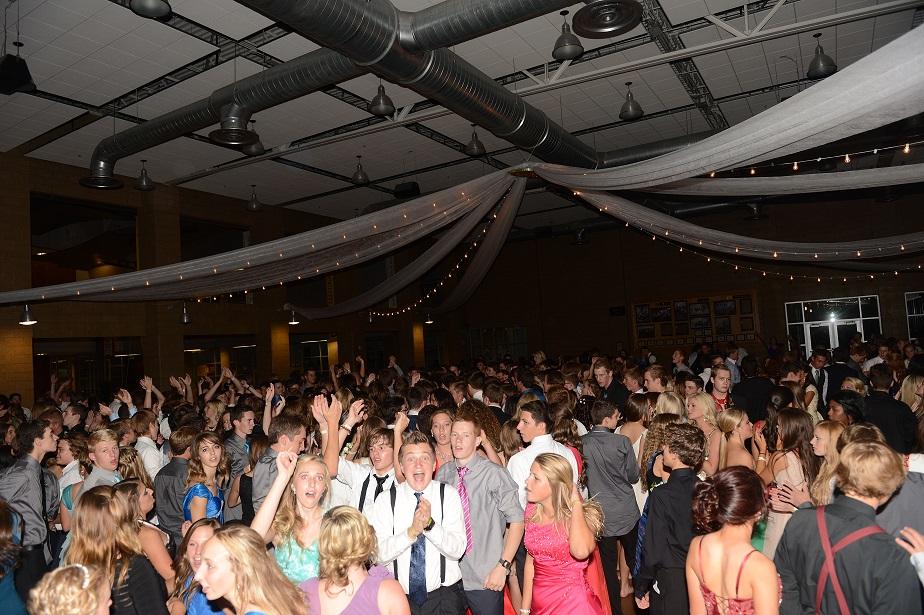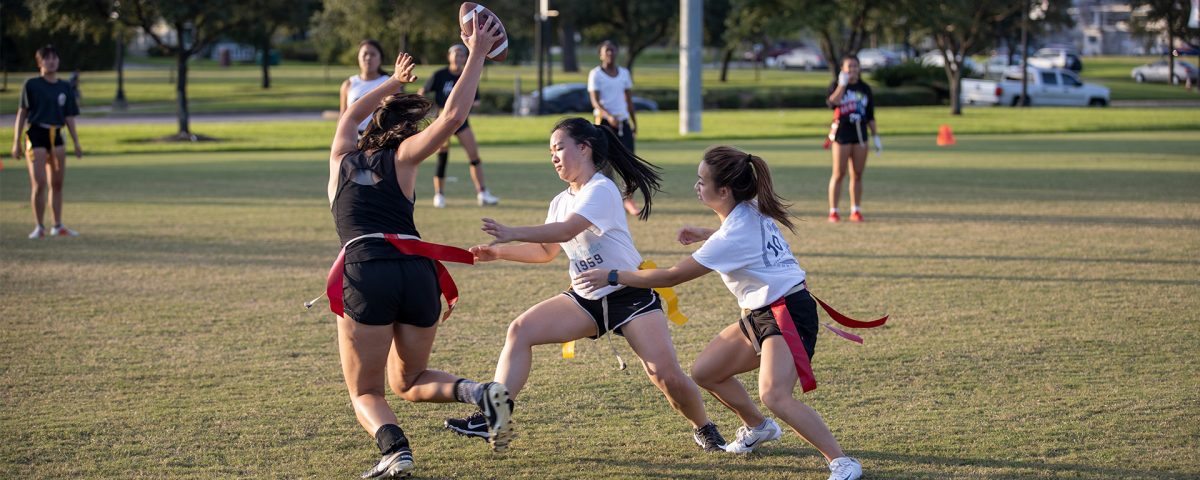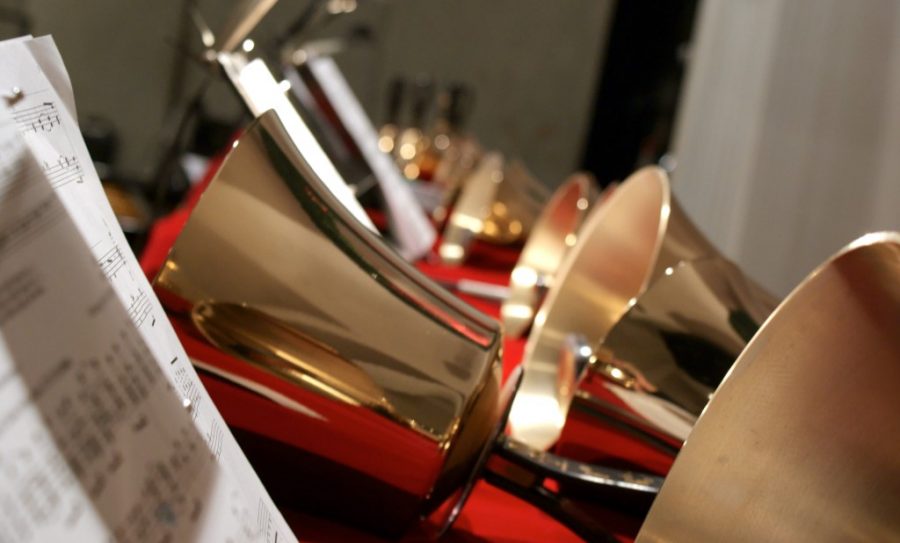Davis High bell choir; a choir staple
For almost forty years, the Bell Choir has been an integral part of the Choir Department at Davis High School. Despite what it sounds like, Bell Choir is more than ringing a bell and silencing it. There’s music and techniques.
The most basic techniques are ring, notated by an R, and damps, which naturally occur after a given note value. From there, Let Vibrate is next, or LV. When you see it, you don’t damp the bell until another LV.
From there there’s also Thumb Damp, where you grip the metal casting of the bell with your thumb facing you, and you ring it like that to create a short-sounded, staccato note. Its musical notation is best recognized as TD.
There’s the Martellato, where you bang the bell on the table. You hit it soft enough that it doesn’t crack, but hard enough to silence the sound it creates. There’s also a Martellato Lift, where after banging, you lift it.
Both of the above are recognized with a triangle for regular marts, and a triangle with an arrow for a lift. Next, is the echo, where you ring and then lightly tap the rim of the bell to the table.
The echo is notated with a U-shaped arrow. Then there’s the mallet and the mallet lift. The mallet is when you tap the metal rim of the bell with a mallet. Its purpose is to create a fast staccato note.
Mallets are typically used for staccato notes moving at a quicker tempo. The Mallet lift, on the other hand, is where you lift the bell and tap the metal casting with a mallet. Both mallet techniques have similar notation markings.
Both mallet techniques have a t-shape with dot above or below it. Lifts have arrows for their marking, to make it clear that you’re supposed to lift and mallet. There are also gyros, which are typically director’s choice in performance.
The gyros are where one rings and then flicks their wrist, making the sound carry with the motion. There’s also a singing bell, where you apply pressure to and move along the rim of the bell with a duct-taped stick.
According to Ms. May, who has been directing the Bell Choir for over ten years, the Singing Bell is notated by, “SB or director’s choice.” The SB’s purpose is to help a bell hold a note value it wouldn’t otherwise.
There are, of course, other techniques, but the last to be mentioned, but not least, is the Pluck. It’s where you pull the yoke in the middle of the bell upward, and then throw it gently downward. Seen as PL.
The choreography the techniques bring, as well as the sound produced by the techniques is what makes it fun to see the Bell Choir perform. May explains, “[What makes Bell Choir] interesting is the [different techniques] that produce different sounds.”
There are times when the ringers of the Bell Choir are overwhelmed, or do play much, depending upon the piece of music being played. According to May, the best thing to do when overwhelmed is, “Simplify, or get more ringers.”
























